Explainer: How did US-backed Saddam regime’s war against Iran unfold, end?
By Morteza Ahmed
Iran is commemorating Sacred Defense Week when the Iraqi Baathist regime and its foreign backers in September 1980 launched a no-holds-barred war against the Islamic Republic.
The annual event sees parades, defense exhibitions and memorial ceremonies in cities across Iran.
Two days before the start of Sacred Defense Week this year, the Leader of the Islamic Revolution Ayatollah Seyyed Ali Khamenei received a group of veterans, artists, authors, and martyrs' families.
Ayatollah Khamenei emphasized the importance of cherishing the memory of the Sacred Defense, which was essentially the defense of Iran’s territorial integrity and inspired other resistance movements, and warned against enemy plots to dishonor and diminish that illuminating memory.
A large military parade involving the Iranian Army, the Islamic Revolution Guards Corps (IRGC), Police, Border Guards, and Basij was held at the mausoleum of Imam Khomeini in southern Tehran on Friday, attended by Iranian President Ebrahim Raeisi as well as top-ranking military officials.
Similar military parades were held in other Iranian cities as well.
How did the aggression start and unfold?
The aggression against Iran began with massive airstrikes on airfields across the country, and a ground invasion of western Iran, with a focus on the oil-rich province of Khuzestan.
It came a year after the Islamic Revolution in Iran that toppled the West-backed Pahlavi regime.
Iraq’s West-backed dictator Saddam Hussein and his foreign advisers believed that the Islamic Revolution had weakened Iran and that the attack would plunge it into chaos and force either the return of a Western puppet regime in Tehran or shameful concessions to its neighbor.
Deluded by the ethno-nationalist ideologies of the time, the Iraqi Baathist regime believed that the occupation of southwestern Iran would be easy because the local Arabic-speaking population would come over to their side and betray their country.
These mistaken assumptions proved disastrous as the Iranian population residing in border provinces put up fierce resistance, especially in the city of Khorramshahr, where a few thousand armed men successfully resisted tens of thousands of foreign invaders for a full month and a half.
Iran also carried out some spectacular military counter-strikes at the beginning of the eight-year war, destroying much of Iraq's aviation infrastructure and navy in the early days.
Iran's biggest problem in the war was that it was isolated on the global stage, while Iraq was supplied weapons by the two superpowers, the USA and the USSR, as well as all European powers: France, Germany, Italy and the United Kingdom.
During the war, these countries exported a large cache of weapons worth billions of dollars to Saddam’s regime, including thousands of tanks, hundreds of planes and helicopters, and even internationally banned chemical weapons.
In the end, Iran won a defensive victory because not a single enemy objective was achieved: neither Iran nor any part of it was occupied, there were no concessions to Washington and other foreign powers, and the revolutionary government in Tehran was not overthrown.
Sacred defense helped draw a line between true patriots who overcame differences and stood up to defend the country, and monarchists who cowardly fled abroad, as well as the Mujahedin-e-Khalq Organization (MKO) terror cult who defected to the side of the aggressor.
What was the US role?
In its historiography, the United States tries to minimize or even completely exclude its role in the 8-year war, claiming that it resulted from bilateral Iran-Iraq ideological and boundary disputes.
However, the facts show that Washington actually played a decisive role and that the invasion began with its green light to Iraqi dictator Saddam Hussein.
On September 16, six days before the invasion by the Baathist regime, multi-day negotiations between the Iranian and American diplomatic delegations began in the West German city of Bonn.
The key Iranian demands for releasing detained US embassy staff in these negotiations were Washington's non-intervention commitment, the unfreezing of Iranian assets in the US, and the return of the deposed Pahlavi dictator's wealth to Iran.
The US refusal to return the stolen billions of dollars led to the collapse of these negotiations, and just as the Iranian delegation was returning to Tehran, the city's airport was bombed by Iraqi planes as the aggression began – with the green light of Washington.
It is evident that Washington sent a signal to Baghdad to attack due to the failed negotiations, hoping that it would weaken Iran and force it to agree to political and economic concessions.
Another proof that this scenario was prepared in advance is the Nojeh coup, a failed conspiracy two months before that, jointly plotted by American and Iraqi Baathist officials and intelligence sleuths.
Even earlier, before the withdrawal of personnel from Iran, the Americans were involved in mass sabotage of Iranian military equipment and documentation, and during the war, they additionally participated in attacks on Iranian ships, oil platforms and aircraft.
Direct American military support to the Iraqi Baathist regime included several billion dollars worth of economic aid, large quantities of various weapons, military intelligence, and special operations training.
Among the most notorious US moves in the war were falsely accusing Tehran of chemical weapons attacks during the genocidal Al-Anfal campaign, as well as spreading false claims that both Iraq and Iran were using chemical weapons.
In fact, chemical weapons were used only by Baathist Iraq, and the facilities and materials for their production were provided by Germany and the United Kingdom.
Morteza Ahmed is a US-based political commentator and writer.
(The views expressed in this article do not necessarily reflect those of Press TV)
Trump threatens Iran’s trade partners with 25% tariff after botched ‘regime change’ plot
Aggressors will face severe pain from Iran’s ‘surprises’: Defense minister
Iran ready for war if US wants to ‘test’ it: Araghchi
VIDEO | Press TV's news headlines
Iran’s police chief vows to arrest every last terrorist
Nation delivered crushing response to enemy amid rallies: Pezeshkian
Iran warns of possible evacuation of its UK embassy over security failures
VIDEO | Iranians united in face of foreign plots


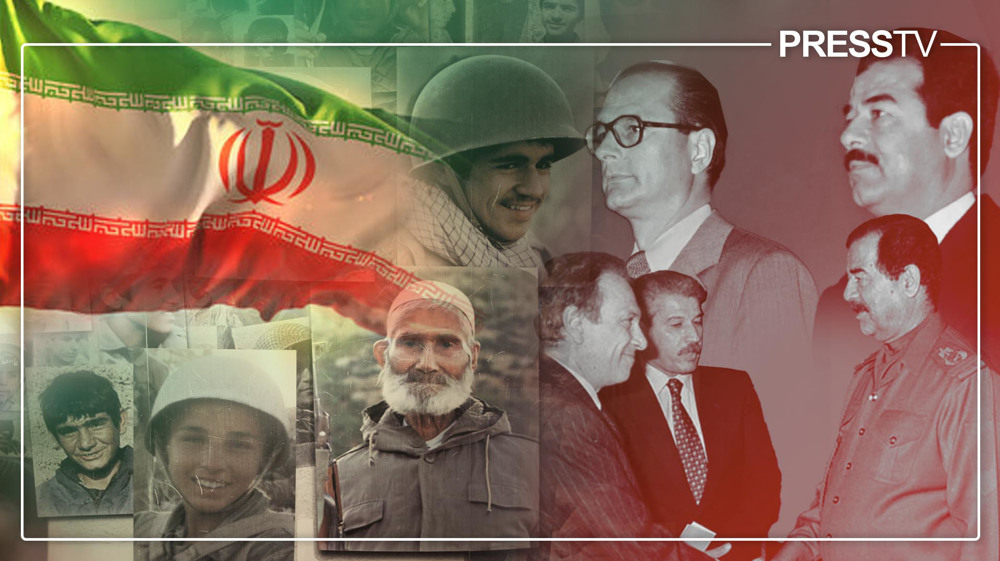
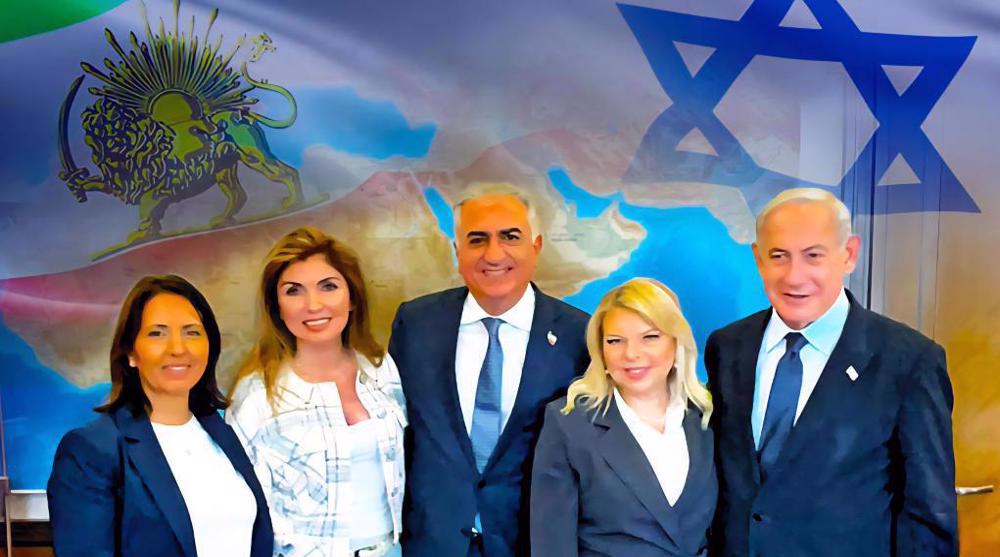
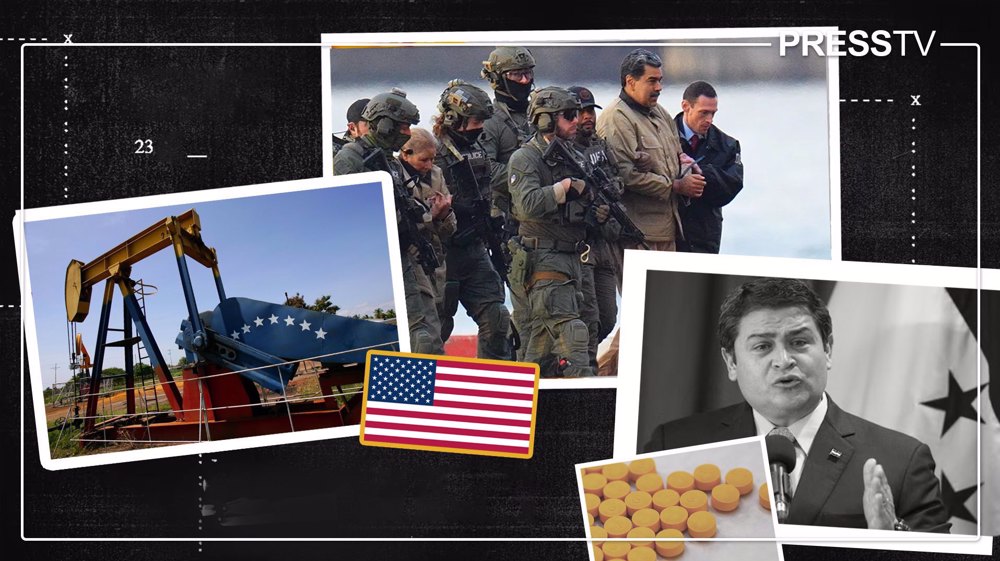
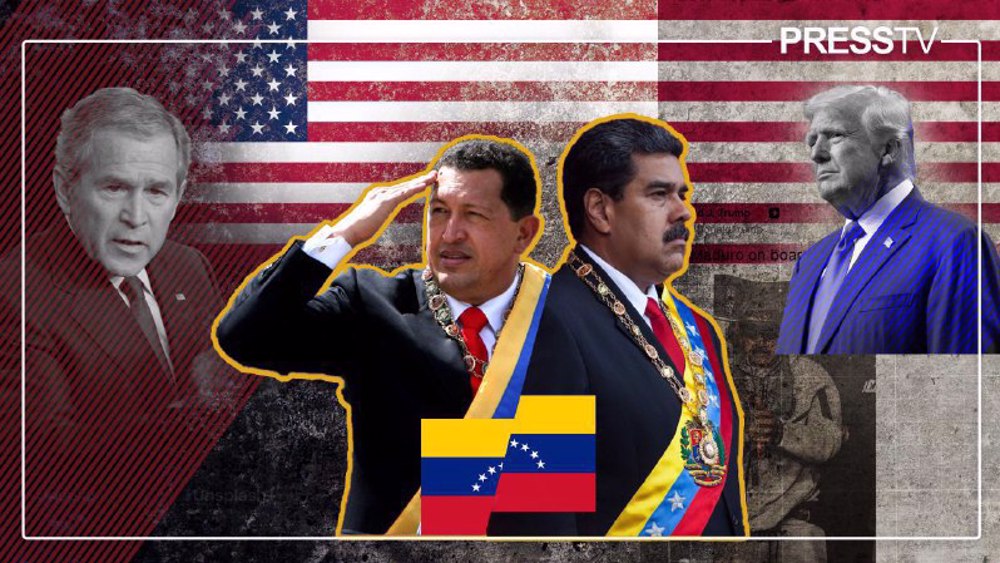



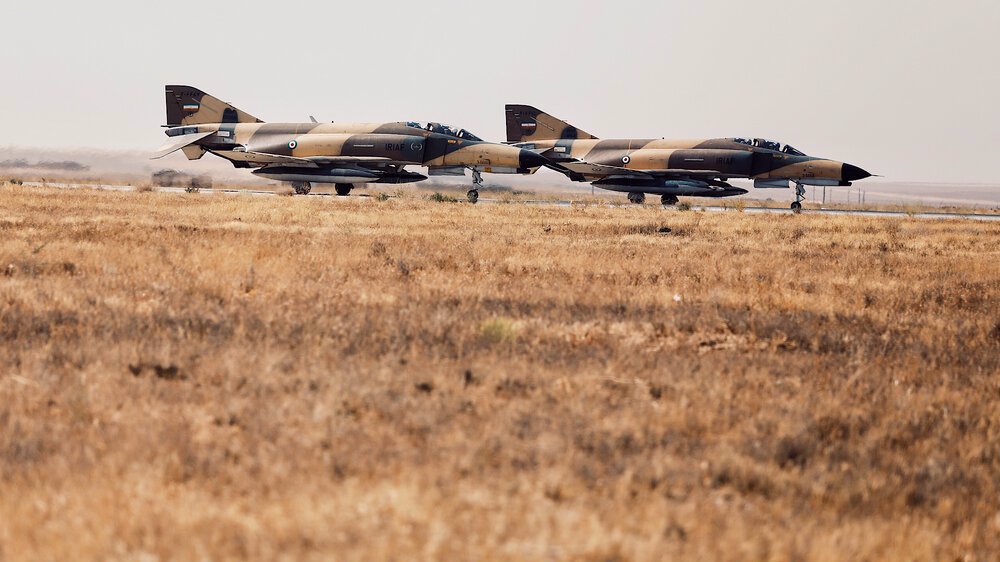

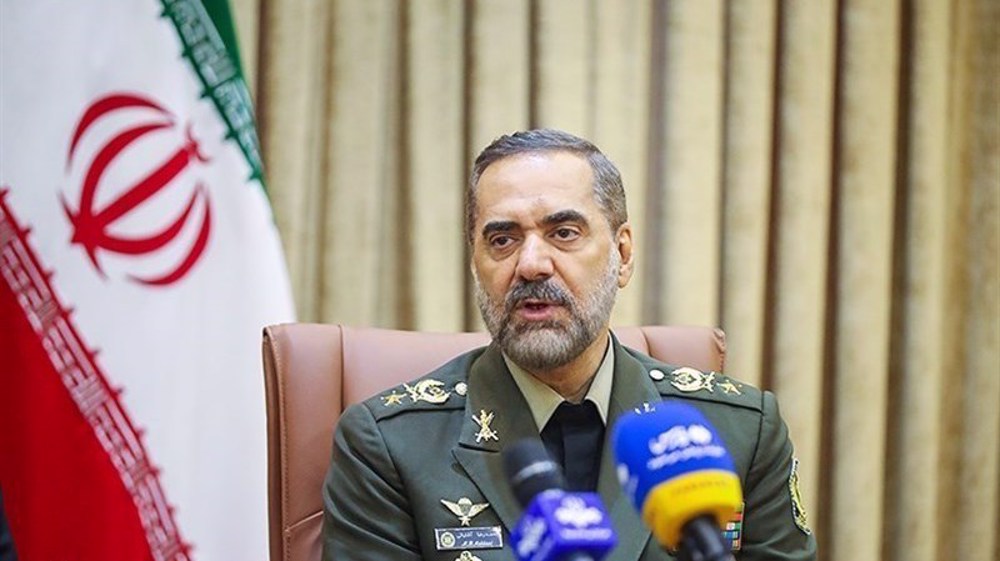

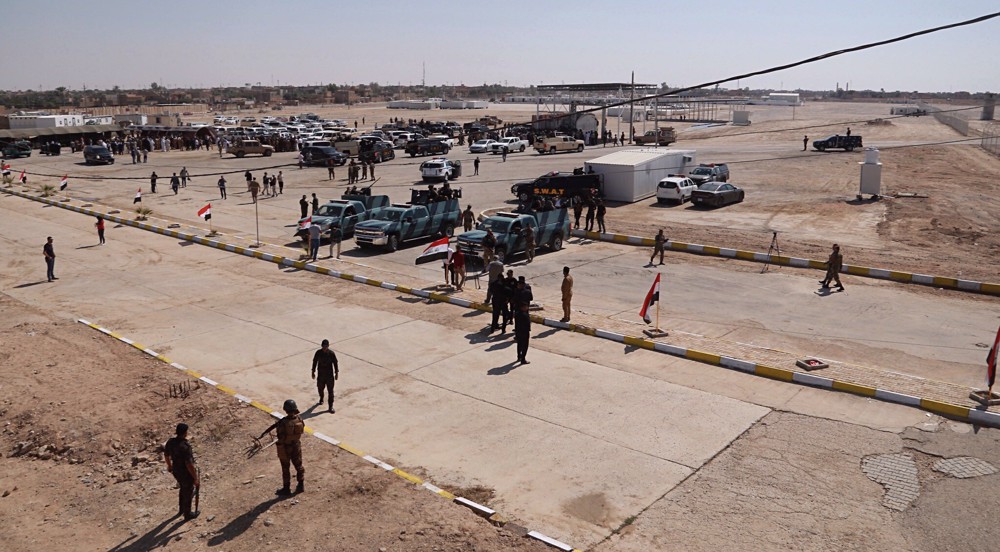

 This makes it easy to access the Press TV website
This makes it easy to access the Press TV website